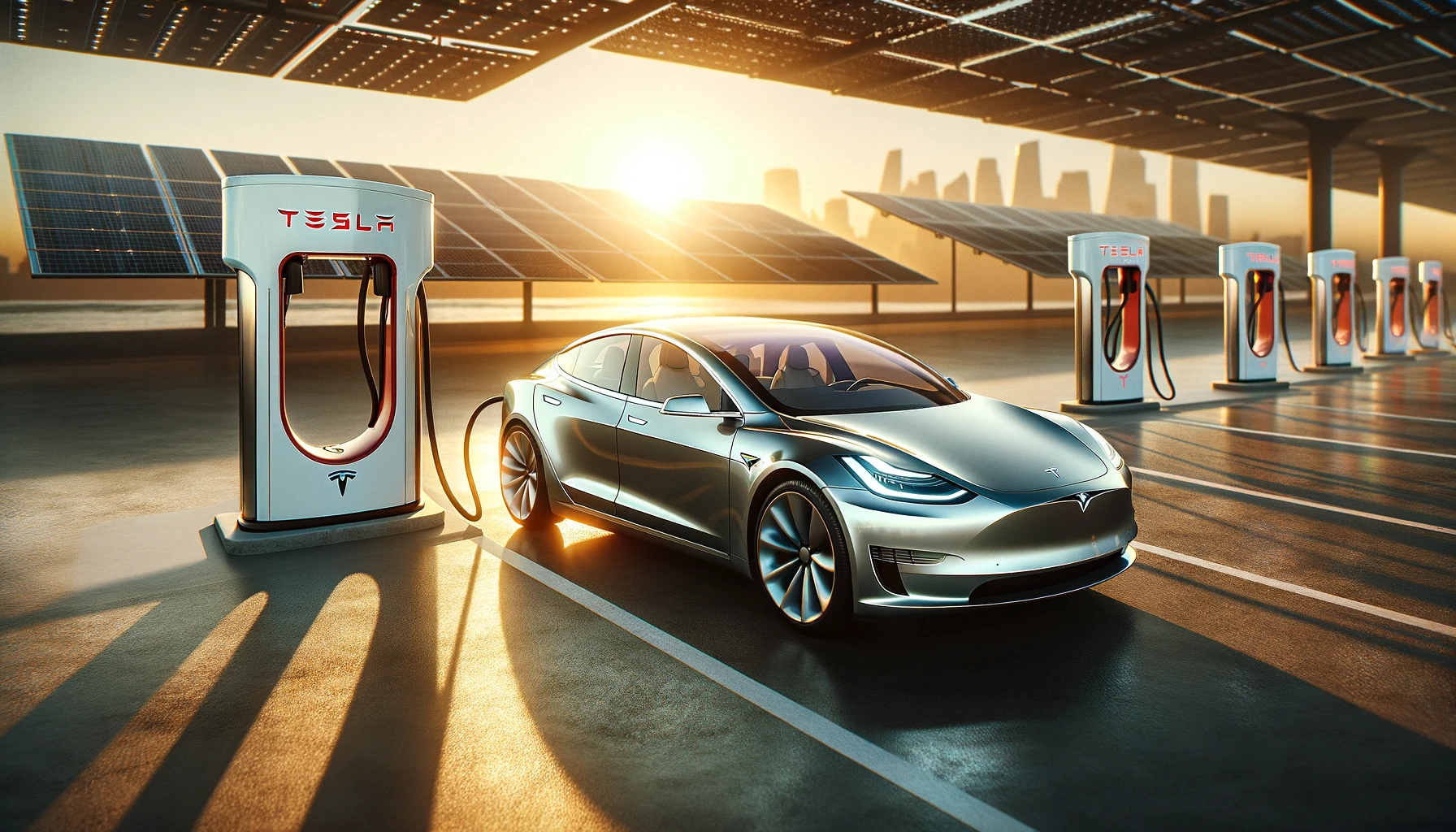Tesla‘s Full Self-Driving (FSD) capability, a headline feature for the innovative automaker, has seen substantial evolution over the years. The latest news indicates a renewed focus on updating legacy Tesla vehicles—the Model S and Model X—with the FSD software, addressing concerns from early adopters who feared being left behind. This promise from Tesla to upgrade older models shines a light on the company’s commitment to its long-standing customer base, ensuring that those who invested in FSD early on can partake in the progression of autonomous driving technology.
In the history of Tesla’s autonomous driving development, the company has often prioritized newer models – like the Model 3 and Y – due to their prevalence in the fleet and the hardware capabilities built into them. This strategy has stirred concerns among owners of older Tesla models, who invested in the FSD feature with the expectation of regular updates. Tesla’s recent moves to address these concerns stem from a broader commitment to maintain service for all its vehicles, regardless of model year, ensuring that every customer enjoys the advancements in self-driving technology.
The Dilemma of Outdated Hardware
Tesla’s rapid pace of innovation occasionally leads to older vehicles being equipped with outdated hardware incapable of supporting the latest software updates. This disparity has become apparent with the FSD feature, where Tesla’s Hardware 3 vehicles have been the primary focus of ongoing training and upgrades, while Hardware 4 vehicles remain on emulation mode. This has spotlighted the “MCU1 conundrum,” where early FSD adopters with these initial hardware setups face challenges in accessing the newest FSD improvements.
Voices of Early Adopters
Owners of legacy Tesla vehicles have voiced their concerns over the lack of FSD updates, with some expressing frustration on social media platforms. The instance of Anthony Spina’s commentary exemplifies the sentiment shared by many in this group, emphasizing the lack of communication and updates for older models. Tesla’s response, particularly from executives like Rohan Patel, indicates an awareness of this frustration and a commitment to providing FSD updates to all eligible vehicles.
Commitment to Inclusive Updates
In response to the concerns raised by legacy Tesla owners, executives like Tesla Vice President of Public Policy and Business Development Rohan Patel have publicly addressed the issue. While acknowledging the difficulty in providing a firm timeline for updates, Patel has reassured customers that the AI team is diligently working to bring FSD to older models. This commitment is further underscored by the company’s engagement with its customers, even during holidays, reflecting a sincere effort to resolve the issue.
Comparative Industry Developments
Reviewing recent articles reveals that Tesla’s approach to software updates is not an isolated phenomenon in the automotive industry. For instance, an article on SlashGear titled “How automakers are tackling the software update challenge” discusses the broader industry trend of over-the-air updates and the implications for various car brands. Another article from Engadget, “Understanding the Risks of Over-the-Air Updates in Modern Vehicles,” delves into the complexities and potential cybersecurity concerns associated with remotely updating vehicle software. These articles provide a context for Tesla’s efforts within the industry’s movement towards increasingly connected and software-dependent vehicles.
Useful Information for the Reader
- Tesla is actively working to include legacy vehicles in FSD updates.
- Hardware limitations are a key factor in the rollout of FSD features.
- Customer feedback is influencing Tesla’s approach to software deployment.
Tesla’s commitment to updating its early FSD adopters’ legacy vehicles reflects a broader trend of integrating customer feedback and loyalty into product development strategies. The company’s dedication to bringing the latest FSD capabilities to older Model S and Model X cars demonstrates its ongoing support for all Tesla owners. This move is likely to reinforce customer trust and brand loyalty, as Tesla navigates the complexities of deploying cutting-edge software in an inclusive manner. As the industry continues to evolve, Tesla’s handling of this challenge provides valuable insights into the importance of considering long-term support and updates in the realm of autonomous driving technology.










